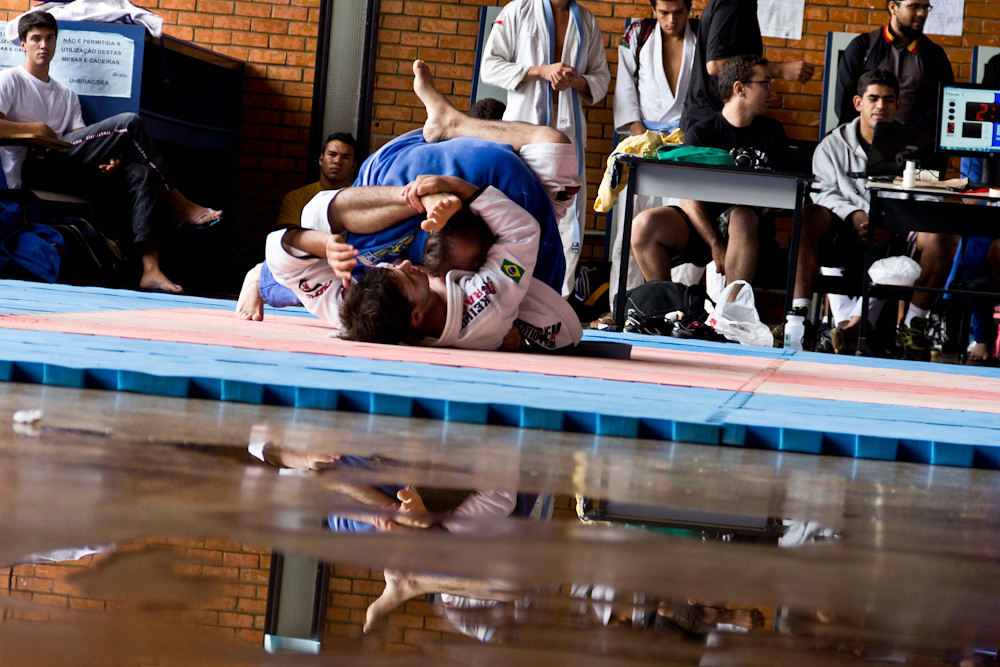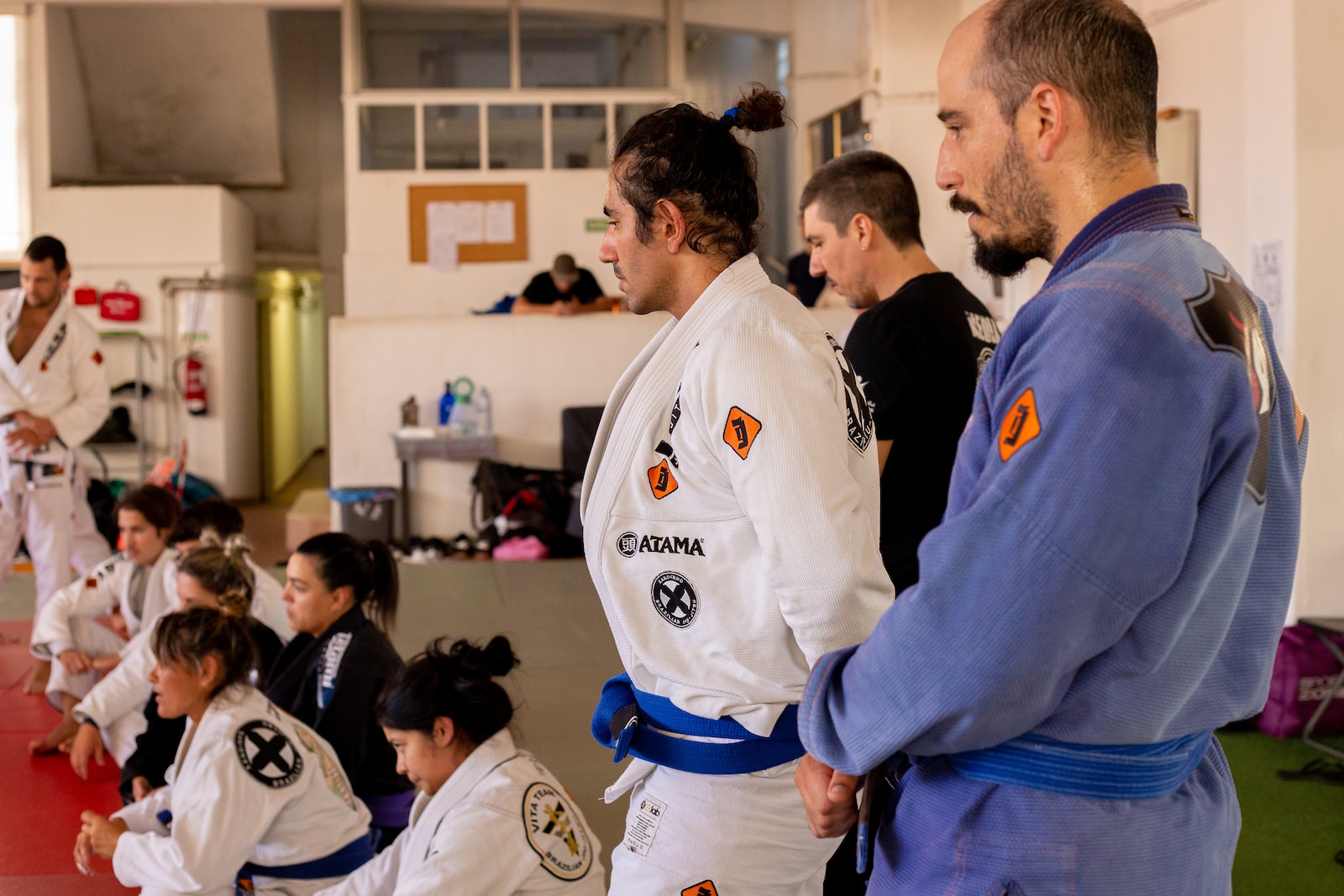Jiu-Jitsu, a martial art with deep historical roots in Japan and refined in Brazil, has become a popular physical and mental discipline worldwide. Its allure lies in the combination of self-defense skills, physical fitness, and mental acuity it fosters. As a beginner stepping onto the mat for the first time, it’s normal to feel a mix of excitement and nerves. Here’s what you can expect in your first class, which will help ease the transition into this fascinating world.
Entering a New World
The moment you step into a Jiu-Jitsu dojo, you’re entering a space dedicated to respect, discipline, and personal growth. It’s not just about learning how to grapple or submit your opponent; it’s about embracing a new culture. Jiu-Jitsu is steeped in traditions, from bowing to the instructor and fellow students to wearing a gi, the traditional uniform. Your first class will introduce you to these customs, setting the tone for your journey.
Warm-Up and Conditioning
Jiu-Jitsu demands a high level of physical fitness. Expect your first session to start with a series of warm-ups and conditioning exercises. These are designed not only to prepare your body for the session but also to build the endurance and flexibility needed in this sport. From jogging around the mat to performing squats and stretches, these activities are crucial in preventing injuries.
Learning the Basics
As a martial art that emphasizes technique over strength, Jiu-Jitsu beginners will spend considerable time learning the fundamentals. Your instructor will likely start with basic positions like the guard, mount, and side control. Understanding these positions is essential as they form the foundation of Jiu-Jitsu’s defensive and offensive strategies. Don’t worry about perfecting these on your first day; it’s about getting a feel for the art.
Drilling Techniques
After demonstrating a technique, your instructor will have you partner up to practice, or ‘drill,’ it. This is where you start to understand the mechanics of Jiu-Jitsu. Drilling is a low-intensity exercise where you and your partner take turns applying the technique without resistance. It’s a safe and effective way to engrain these movements into your muscle memory.
Sparring (Rolling)
Sparring, or ‘rolling,’ is a significant component of Jiu-Jitsu, but as a beginner, your first experience with it might be as an observer or in a very controlled environment. Rolling is where students freely practice techniques in a simulated combat scenario. It’s an exhilarating part of Jiu-Jitsu that combines physical prowess with strategic thinking. While you might not roll extensively in your first class, watching others will give you a glimpse into the art’s dynamic nature.
Respect and Etiquette
Respect is a cornerstone of Jiu-Jitsu. This includes respecting your instructor, your training partners, and the dojo. You’ll learn about bowing before entering and leaving the mat, addressing instructors properly, and maintaining a clean gi. Such etiquette is vital in fostering a respectful and conducive learning environment.
Safety First
Safety is paramount in Jiu-Jitsu. Instructors take great care in ensuring that beginners understand the importance of tapping out—a signal that you’re yielding to avoid injury. You’ll learn how to tap properly and the importance of respecting your partner’s tap. This ensures that everyone learns and practices in a safe, injury-free environment.
Building a Community
One of the most rewarding aspects of Jiu-Jitsu is the sense of community it fosters. You’ll be welcomed into a group of individuals who are on the same journey as you, albeit at different stages. This camaraderie is a source of support and motivation, making the challenges of learning a new martial art more manageable and enjoyable.
What to Bring
For your first class, comfort is key. While a gi is traditionally worn, most dojos allow beginners to wear athletic clothing. Bring a water bottle to stay hydrated and a towel. It’s also advisable to remove any jewelry and tie long hair back to prevent accidents.

Your first Jiu-Jitsu class is just the beginning of a rewarding journey. It’s a path that challenges both your body and mind, offering rewards well beyond physical fitness. Embrace the experience with an open mind and a respectful attitude. Remember, every expert was once a beginner. So, as you step onto the mat for the first time, take a moment to appreciate the journey you’re embarking on—one that’s as much about personal growth as it is about learning a martial art.




